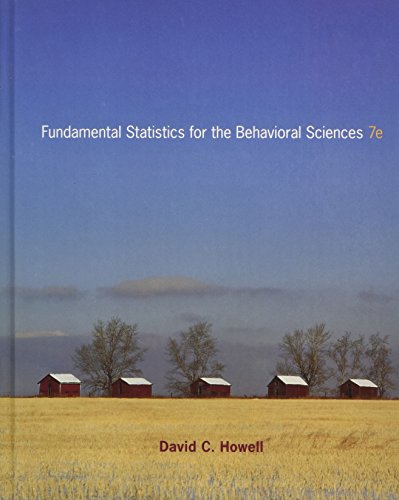Hicks and Guista (1982) asked seven participants who habitually had less than 6.5 hours of sleep per
Question:
Hicks and Guista (1982) asked seven participants who habitually had less than 6.5 hours of sleep per night and nine participants who habitually had more than 8.5 hours of sleep per night to complete the Stanford Sleepiness Scale (SSS) at two-hour intervals for 30 days. The SSS is a measure of alertness and simply requires the participant to rate his or her level of alertness by responding with a number between 1 (very alert) and 7 (struggling to stay awake). The authors actually broke the data into seven different times of day, but for purposes of this example assume that the dependent variable is each participant’s mean SSS score over the 30-day period. What is the appropriate analysis of these data?
Step by Step Answer:

Fundamental Statistics For The Behavioral Sciences
ISBN: 9780495811251
7th Edition
Authors: David C Howell






